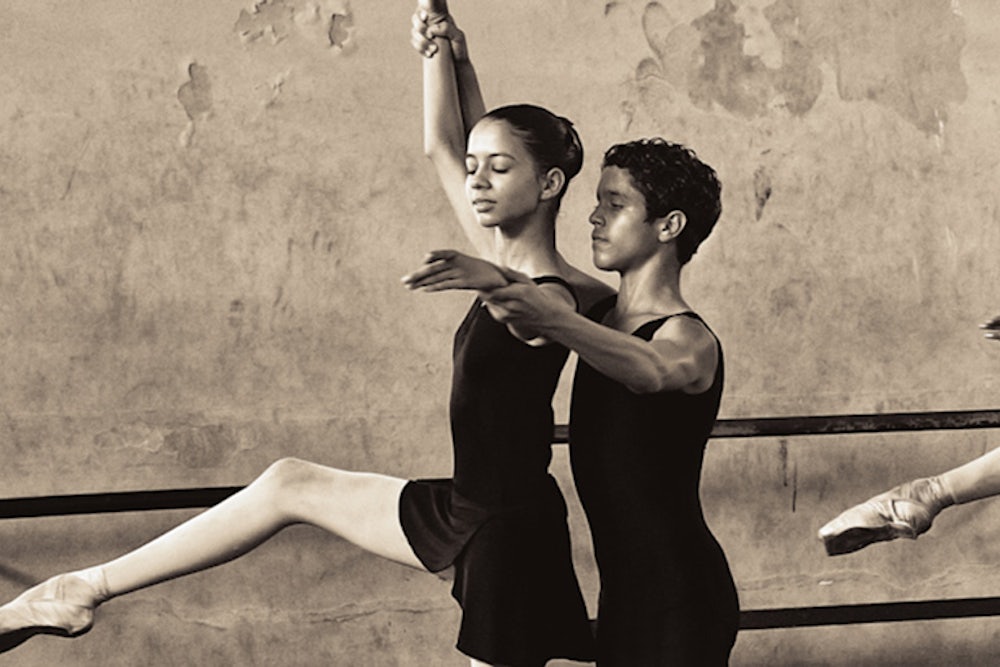In Cuba, ballet is a matter of national pride—not simply one of the higher art forms for an elite few. Tickets are affordable, and ballet is popular and accessible. In a 2011 interview with The New York Times, famed Russian ballet dancer Mikhail Baryshnikov said about Cuba, “there, every taxi driver knows the names of the dancers. This is unheard of. Try it in New York.” In 2012, photographer Rebekah Bowman managed to get rare access to the birthplace of the top male ballet dancers and prima ballerinas of Cuba, the famed National Ballet School in Havana.


An article about Cuba first ignited her interest in the country. “I think of borders as places of longing, and nowhere is an ideological border more strikingly pronounced than between the U.S. and Cuba.” She decided to explore this idea within the context of dance, a central element of Cuba’s cultural identity.


The National Ballet School in Havana was originally founded in 1931, but grew into the prestigious institution it is now in the 1960s, after Fidel Castro came to power and declared that art and education were for the people. Talented children from all over the island could get free ballet training; the school is open to every child. Typically, children are accepted when they are ten years old for five years of intense training; they then do a couple more years of training at a professional level. Only a handful of graduating students are selected for the country’s premier company, the Ballet Nacional de Cuba. Maturity and intense dedication is required, but, Bowman said, “even the most stern teachers balance severity with a healthy dose of humor and a lot of nurture. Hallmark qualities, I believe, of Cuban culture.” The school trains around 3,000 dancers at any one time.


Since the '60s, the Cuban ballet style has been chiefly formed by exceptional dancer and prima ballerina assoluta Alicia Alonso, now 93, and her husband Fernando Alonso. Alongside its rigorous attention to classical form and technical precision, “the Cuban style borrowed elements from the then-dominant European schools, was influenced by aspects of Cuba’s Spanish and Afro-Cuban cultural heritage, and adapted to the Cuban dancer’s physiology to express a Latin sensibility and aesthetic,” Bowman said. According to experts, their training is world-class and recognizable.


Alonso has taught many of today’s notable dancers, who are dispersed all over the globe in prestigious companies such as the San Francisco Ballet, the Royal Ballet, and the American Ballet Theatre. This wave of dancers has given the tropical island of 11 million people a cultural importance and influence incommensurate to its size.


Though conditions at the school are often wanting, and many dancers defect to other countries due to the lack of freedom and economic opportunity in Cuba, Bowman explains that for her, “the take-away [with this series] is invariably a reaction to the raw beauty of the place, the unabashed sensuality, a palpable energy, creative ingenuity and generosity of spirit,” that also permeates Cuban culture.


All photographs by Rebekah Bowman. Her Portrait of the Cuban School of Ballet series will be exhibited this year as part of the International Ballet Festival in Havana from October 27 through November 11.
